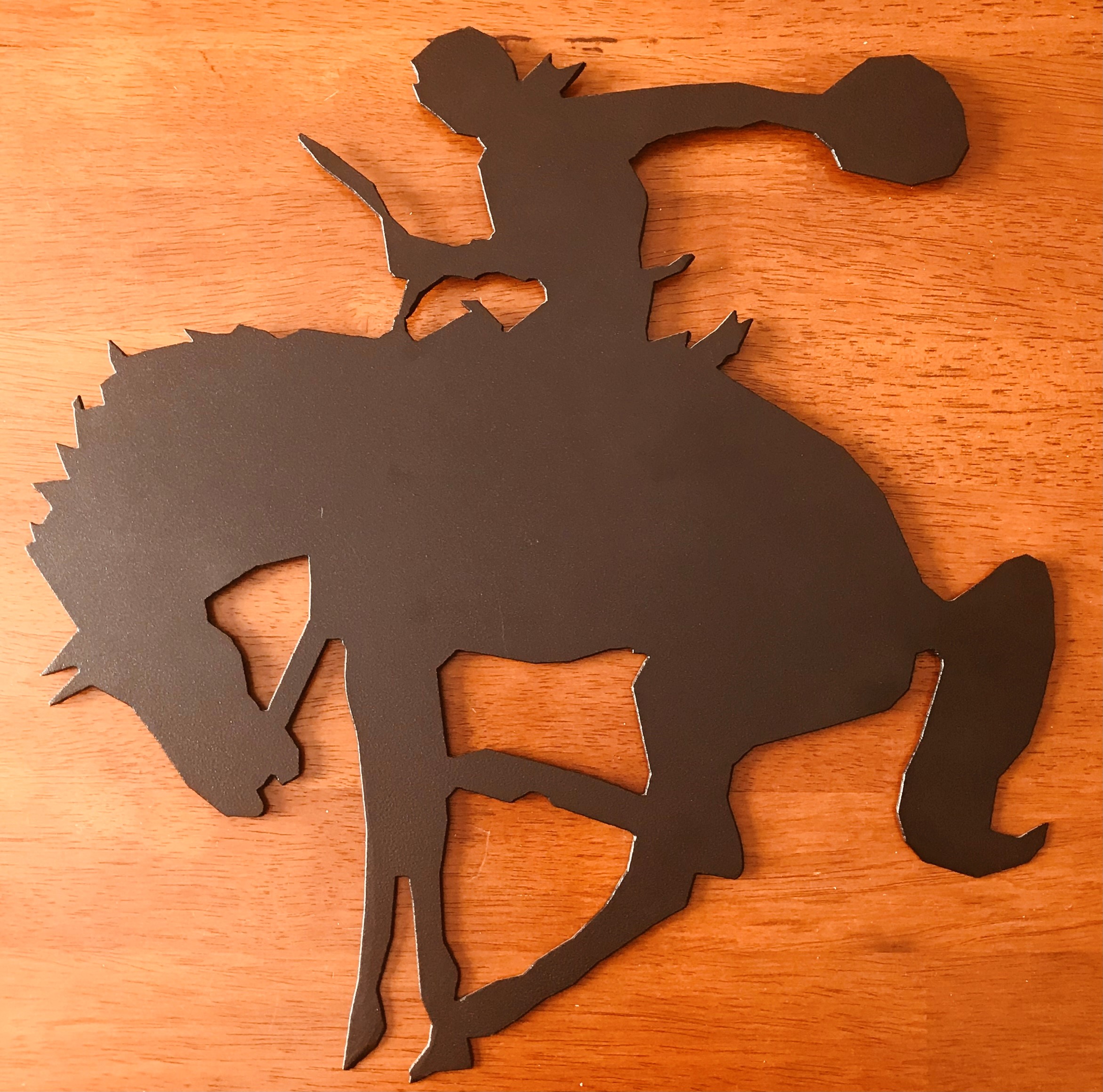The Use—and Misuse—of Bute in Equine Care
There should be no ambiguity about it: Phenylbutazone (commonly known as “Bute”) is a Non-Steroidal Anti-Inflammatory Drug (NSAID). NSAIDs are effective in managing inflammation and pain resulting from various injuries. In equine care, they can be instrumental in helping a horse feel more comfortable during the recovery process.
When used appropriately, NSAIDs serve as a valuable secondary treatment—alleviating pain and reducing inflammation in soft tissues. However, like many medications, they are susceptible to misuse. One of the more concerning forms of misuse is administering NSAIDs to mask pain, allowing a horse to perform when it should be resting and healing. This can delay recovery or even cause further injury.
Pain exists for a reason—it helps limit motion during healing. Masking it can lead a horse to move beyond a safe range of motion, potentially setting back recovery by a significant margin. In some cases, allowing the horse to “feel” the pain is essential to ensure proper healing.
Overuse of NSAIDs can also lead to unintended side effects, yet many horse owners keep tubs of powdered or liquid Bute in their tack boxes—often long past the drug’s optimal shelf life. I’ll admit, I have one myself that’s been there for years, likely with diminished efficacy.
As a former athlete who has competed in five half-Ironman races and numerous other events, I understand the frustration of injury recovery. Personally, I’ve found that relying on NSAIDs like Ibuprofen over long periods isn’t a healthy approach. Being somewhat drug-averse, I’ve always preferred to endure discomfort rather than mask it.
Sadly, some veterinarians seem to treat the owner more than the horse, prioritizing client expectations over equine welfare. If your vet ever suggests administering Bute simply to enable a ride—before or after—consider seeking a new vet. That’s not responsible care. NSAIDs are meant to support recovery, not to cover up injury.

